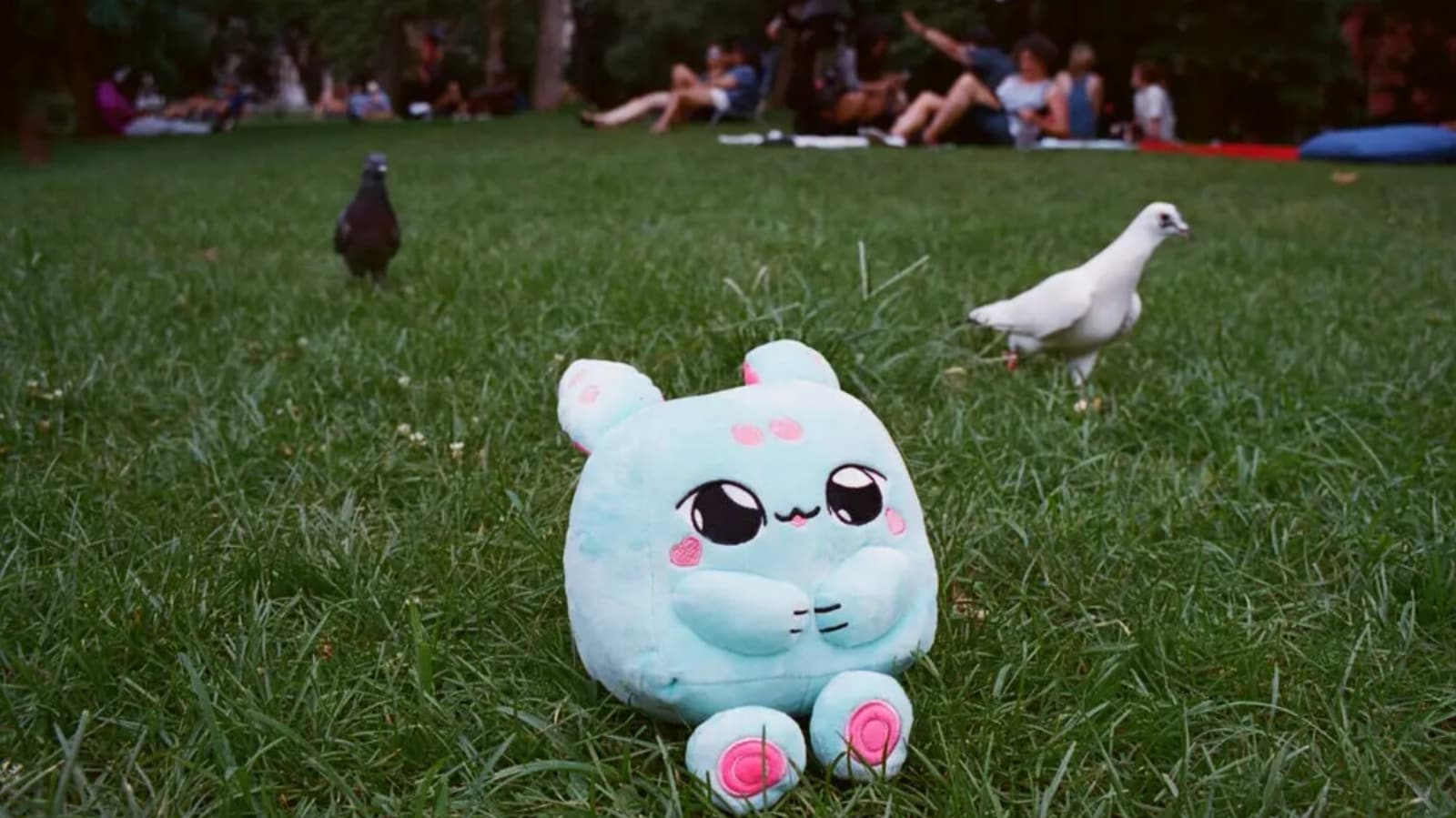The company Curio, located in Redwood city, California is bringing a new kind of toy to market: chatbots wrapped in stuffed animals. Its founders, Misha Sallee and Sam Eaton, have created plushies — Grem, Grok and Gaboo, with each one of them having a Wi-Fi enabled voice box hidden inside. This voice box connects the toy to an Artificial Intelligence (AI) language model designed to talk to young children.
These toys, which are priced at $99 each are joining a growing number of other AI-enabled objects marketed to kids. This trend is set to expand, as OpenAI has partnered with Mattel to develop AI-powered products based on popular brands like Barbie and Ken, said Amanda Hess from the New York Times.
The new take on playtime
Curio promotes its products as an alternative to screen time, appealing to parents who are busy and want to keep their kids off tablets and phone screens. The company’s co-founder, Eaton described the plushies as a “sidekick” who could make children’s play “more stimulating,” freeing up parents from having to sit their children in front of a TV.
However Hess questioned this premise. While children already talk to their toys, the AI plushies add a layer of complexity. During a demonstration, Hess notes a bizarre conversation with one of the toys named Grem, which suggested a game of “I Spy,” despite not being able to see. She also points out the irony of these toys being an alternative to screens when they operate on a similar technological foundation.
From screen to sidekick
The idea of a mechanical friend is already familiar to children, because as they watch television, they are served stories about artificially intelligent sidekicks and their wondrous deeds.
TV shows like “Adventure Time” and “Sesame Street,” feature characters like BMO and Smartie who are personified technological devices that help the main characters.
Hess also cited the character Toodles from “Mickey Mouse Clubhouse” as a prime example. As compared to older Disney cartoons where physical objects posed vexing challenges for Mickey and friends, Toodles in a sentient tablet that instantly solves every challenge with “Mouseketools.” This trend teaches children that the answer to every human problem is a voice-activated command away and the ultimate endpoint for their curiosity is inside a device, she argued.
By bringing these characters into children’s physical spaces, in the form of cuddly toys, the terrifying specter of “the screen” has been obscured. Yet playtime is still tethered to a technological leash, as the toy’s conversations with a child are back-channeled to a large language model, she said.
Privacy and control in a cuddly package
Other than the psychological aspects of using an AI-powered toy, these products also raise concerns about privacy and parental control. Curio, for instance, ensures that every conversation with its chatbots is transcribed and sent to the guardian’s phone. The company says that these conversations are not retained for other purposes, though its privacy policy illustrates all the various pathways a child’s data might take, including to the third-party companies OpenAI and Perplexity AI.
The author also questions what happens when a child ‘s transitional object, such as a security stuffed animal or blanket is no longer a safe space for private thoughts, but a source of surveillance and a tool of parental influence.
Hess concludes her exploration by removing the voice box from the plushie, transforming it back into a simple stuffed animal. When her children find it, they invest their own imaginative games, confirming her theory that the most magical toys are the ones that don’t need a voice box at all.
